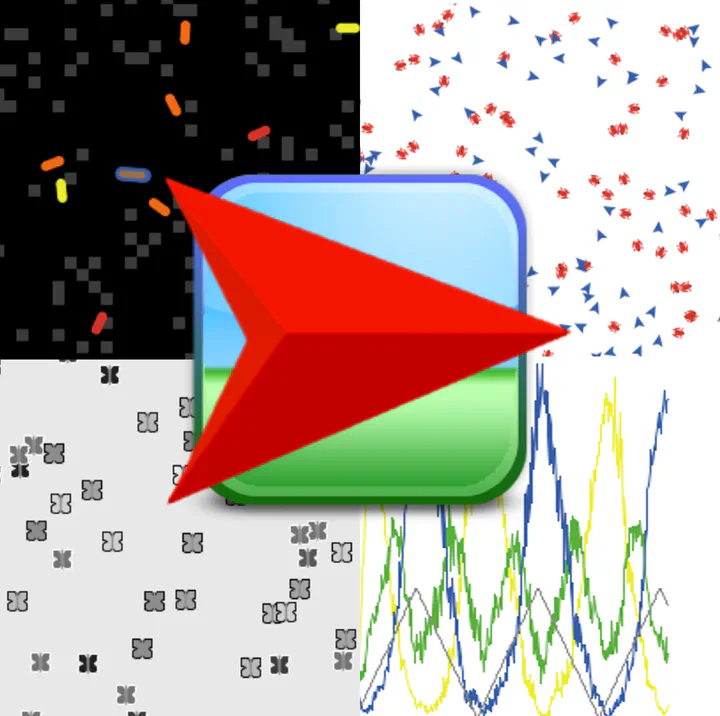Moths and Frogs and E. coli, Oh My!: Agent-based Modeling of Evolutionary Systems
Nov 3, 2021·,,·
0 min read
Garretson
Alexis
Lorelei Crerar

Abstract
In evolution classrooms, introducing and reinforcing the idea of genetic drift and random selection can be challenging, as can be reinforcing appropriate mental models of evolution. Agent-based models offer students the opportunity to conduct a model-based inquiry into the impacts of different features on the outcomes in evolutionary systems, helping to build, test, and expand their mental models of evolution. In this lesson—through independent investigation, model-based inquiry, and discussions with peers—students are introduced to the ways that agent-based models can be used to make predictions and test hypotheses about evolutionary systems. This lesson uses the NetLogo modeling environment, which comes preloaded with several useful teaching models and can be manipulated in an easy-to-use graphical interface. We use three models: a model of peppered moths focused on environmental pressures and natural selection, a red queen model focused on the competitive coevolution of snakes and frogs, and a genetic drift model of E. coli. Together, these models help reinforce evolutionary concepts in a hands-on, student-driven environment while improving their understanding of the utility of computing in evolution research. This lesson can be modified to suit courses of varying student levels and has been successfully adapted to online or lecture-based learning environments.
Type
Publication
CourseSource